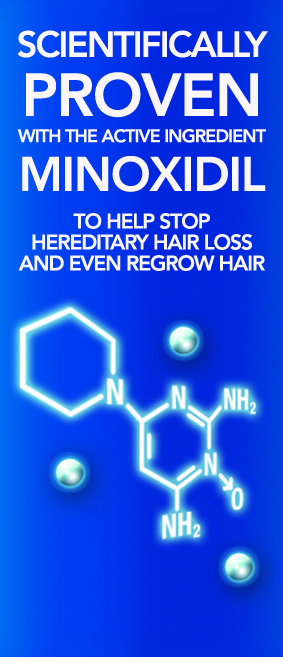Causes of Hair Loss
Understanding Hair Loss
1. The Hair Growth Cycle
Hair grows in cycles and each growth cycle includes a growth phase, a transitional phase and a resting phase. In hereditary hair loss, owing to a change in hormones, the hair follicle shrinks and the growth cycle is shortened.
2. How does hair loss happen?
Each hair growth cycle produces a shorter, finer, much less visible hair. In time, a few follicles will even be destroyed and fail to grow hair. The most common cause of hair loss in men and women is androgenic alopecia (AGA). Heredity, hormones and age all play a part in this condition. In AGA, the hair follicle shrinks.
Understanding Natural Hair Loss
First of all let’s look at everyday hair loss. On average, the adult head has 100,000 individual strands of hair and most people will shed between 40 and 120 of these per day as part of a healthy re-growth cycle.
What is abnormal hair loss?
Is your brush or comb raking out more hair than usual? And are you also noticing thinning on top or perhaps a more pronounced hairline at the sides? Although it’s possible that this loss could be caused by a medical disorder, prescribed medication, poor nutrition, bad hair care techniques or severe stress.
The most common type of hair loss is hereditary hair loss, which is also referred to as ‘male pattern baldness’ or ‘androgenetic alopecia’. This accounts for the majority of cases of hair loss in men.
In the case of hereditary hair loss, the genes and hormones in your body have a shrinking effect on your hair follicles, making them ineffective at growing new hairs. Over time, the progressive shrinking of certain scalp follicles leads to a shortening of the hair's growing cycle. Hair becomes thinner and shorter, until there is no growth at all.
Fortunately, there is something you can do about it. Hereditary hair loss can be effectively treated using REGAINE® Extra Strength Scalp Foam or Solution.

